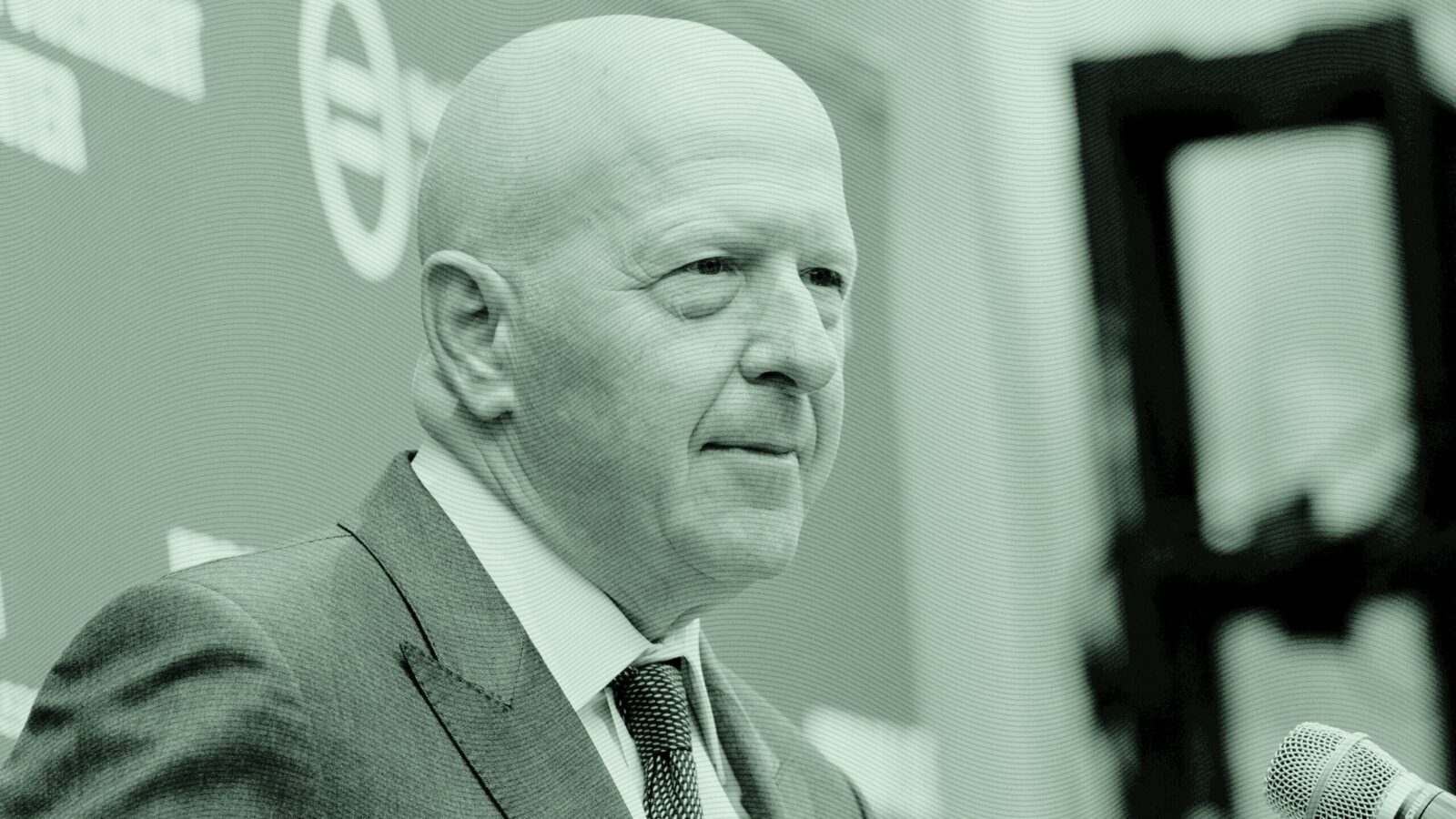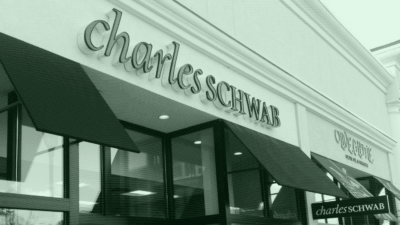Advisors Are Piling Into the RIA Channel. That May Not Be a Good Thing
As mega RIAs get bigger, some advisors are saying that the independent channel is beginning to look a lot like Wall Street.

Sign up for market insights, wealth management practice essentials and industry updates.
Breakaway advisors are starting to get creative.
The steady migration by financial advisors away from the traditional brokerage industry and toward independent financial planning is forcing innovation in the industry, and with the so-called breakaway broker trend now well into its second decade, the independent channel is experiencing some awkward growing pains.
Mergers and acquisitions, often backed by deep-pocketed private equity investors, have spawned separate categories of registered investment advisory firms that earn nicknames such as aggregators, roll-ups and mega RIAs. From some perspectives, this is all part of the plan to help the independent channel stack up against the biggest brand names of Wall Street brokerage firms. But as client assets continue to grow across the board, advisors are now piling into the RIA industry, and that’s starting to form cracks in the independent channel.
Down to the Wire
Wirehouses still dominate in terms of total assets under management, with approximately $12 trillion, according to Cerulli. But, the second-largest category, believe it or not, is the independent RIA channel with nearly $6 trillion. National and regional broker-dealer firms control $5.7 trillion, followed by hybrid independent advisors affiliated with a broker-dealer that control $4 trillion. “One of the most interesting data points we’ve seen is the shift in advisor preference away from the wirehouse affiliation and toward the RIA channel,” said Michael Rose, Director of Wealth Management Research at Cerulli.
That’s also true in terms of growth rates over the past 10 years, with hybrid RIAs increasing assets at an annualized rate of 12.2%, more than independent RIAs (10.8%), national and regional brokers-dealers (8.9%), and wirehouses (6.4%). In Cerulli’s latest survey of advisors across all channels, respondents were asked which channel they would prefer if they changed affiliations. The results showed a 9.1% year-over-year increase in the number preferring the hybrid RIA channel.
If You Love Them, Break Them Free
But for many of the financial advisors who fled, or are fleeing, the sprawling layers of management and bureaucracy prevalent in traditional brokerage houses, the biggest RIA complexes are now casting similar shadows. Ed Swenson, president of RFG Advisory, said as independent advisory firms continue to grow, there is a “second generation” of breakaway advisors.
“The first wave roughly emerged between 2010 and 2020 as a relatively new trend with larger teams leaving the major wirehouses for the first time and largely landing at independent RIAs,” he said. “These teams were leaving legacy systems and constraints and wanted to gain more control over their own futures, and destinies, and how they best sought to serve and grow their client base. But now, many of those same advisors are breaking away again.”
As illustrated by the record-setting $129 billion OpenArch Corporate Advisory’s breakaway from Merrill Lynch in September, the trend toward the independent channel continues and the numbers are only getting bigger. “For advisors, evolution is the only constant,” said Andree Mohr, president of Integrated Partners. Although those breakaways were looking for something different, it’s on the large RIA firms they have joined to keep the same feel, culture and service that attracted the advisor in the first place, she added. “The paradox of these mega RIAs is that their success depends on preserving what made independence attractive in the first place, including advisor autonomy, client-first orientation and entrepreneurial freedom.”
Keep It Flexible. Sure, mega RIAs will appeal to some advisors, but they also create new opportunities to further develop the broader RIA channel, said Chuck Failla, president of Sovereign Financial Group and founder of the educational platform goRIA. “The RIA space has a reputation for being flexible, but the bigger you get, the harder it is to be flexible,” he said. Sovereign, which lets advisors operate under the Sovereign brand or using the Sovereign RIA, recently launched an RIA incubator to keep exploring new independent setups.
Another recent example of innovation is the debut of Hightower Signature Wealth from Hightower. One of the original and largest RIA aggregators, Hightower is promoting the new business as Hightower 3.0 to house partnered and acquired firms. Such innovations are likely in response to growing concerns over the size of some RIAs. “The initial wave of advisors left wirehouses for the promise of independence, but many landed at RIA aggregators that, as they’ve scaled, have started to mirror the very environments they fled,” said David Weiner, Chief Growth Officer at Savvy Wealth.
“We’re seeing the beginning of a second breakaway movement,” he added. “These mega RIAs are becoming rigid and bureaucratic due to their size, and this lack of flexibility directly impacts the advisor’s ability to deliver a truly bespoke experience for their end clients.”
Who’s Up For Cookies? Shawn Sparks, co-founder of Triad Partners, points out that an upside of being part of a larger RIA is that advisors can “borrow” a big company’s brand name and leverage its resources, as well as outsource many operational and compliance functions. “The downside is that it’s largely a cookie-cutter experience, and you lose much of your freedom and are required to play by their rules with their systems, their timing, their approvals,” Sparks added.
But even as some of the largest RIAs start taking on some of the characteristics of the traditional brokerage industry, Swenson of RFG Advisory believes the nimble and entrepreneurial nature of the independent advisory space will fill gaps and continue to create attractive opportunities for independent-minded advisors.
Smaller, purpose-built RIAs are filling those gaps by building a “like-minded community” with resources and capabilities to accelerate growth, while maintaining that small-firm feel. “Most advisors are seeking firms that align around their growth, not just consolidation and financial engineering,” Swenson said.











